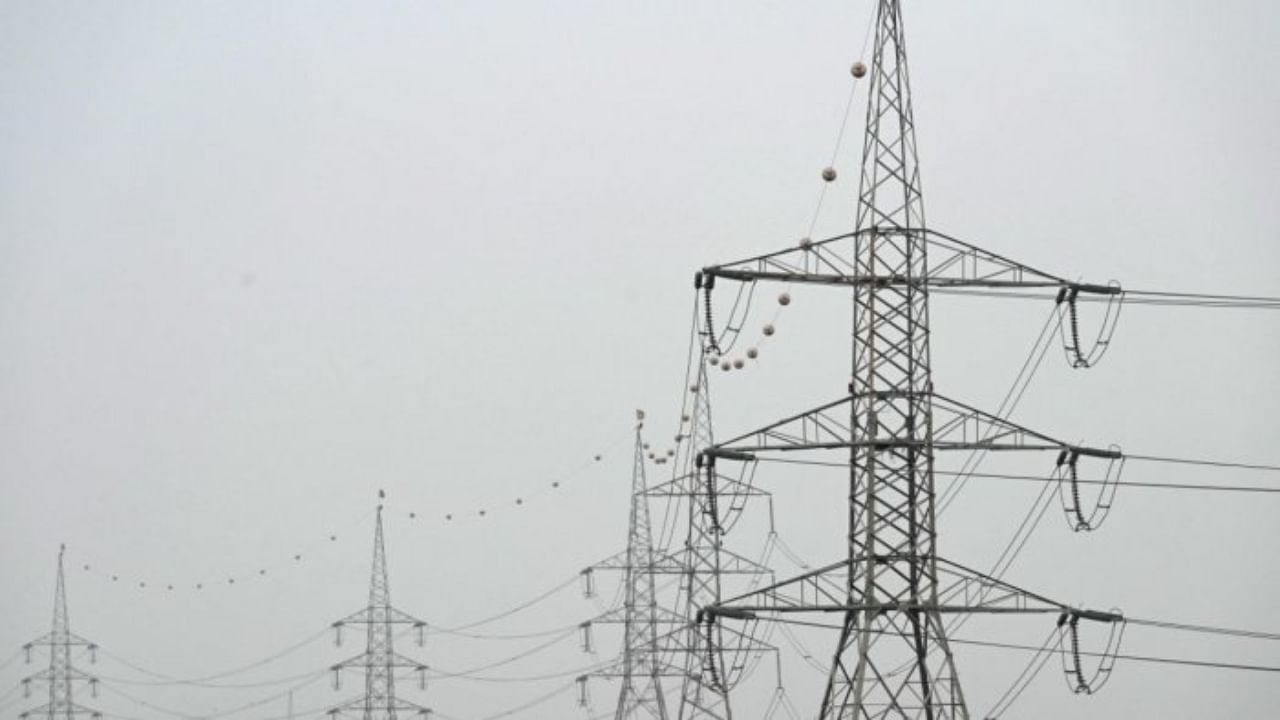
April ushers in summer in India. This also indicates that we are approaching that time of the year when power demand is at its peak.
Heatwave warnings have been issued in numerous parts, putting additional strain on energy demand due to increased cooling requirements in residential spaces. Electricity usage had increased significantly in the preceding two summers due to the easing of COVID-19 limits and heat waves. There is an increase in YoY power generation numbers in FY23, particularly in the last few months.
The power ministry had anticipated this demand and started taking steps to ensure adequate power availability during the summer months. However, as per an emergency provision in the Electricity Act, under extraordinary circumstances, the government can ask power-generating companies to operate and maintain output per the directions given. In February, the power ministry invoked this clause for the second time in the last one year and asked imported coal-based power plants to run at full capacity for three months.
The plants were not operating at full capacity because all power-generating companies that relied on imported coal were forced to shut down or operate at reduced capacity in 2021. This happened because international coal prices soared so high that it made more sense to shut down than continue production at a loss. While any other business might easily pass on the rise in input costs to its customers, the power generated by these companies is sold to customers (usually state governments) under power purchase agreements (PPAs) that do not include provisions for passing on the increased cost of generation. The CERC (Central Electricity Regulatory Commission) has recently set up a committee to work out a benchmark rate to meet all prudent costs using imported coal for generating power rather than PPAs. This would bring much-needed relief for power generation companies dependent on imported coal, such as Tata Power and Adani Power.
Shift To Renewables
Thermal power continues to be India's most important power generation source. However, on the capacity front, things are changing at a fast pace. India has set an ambitious goal of installing 50 percent cumulative renewable energy by 2030, and net-zero carbon emissions by 2070. Furthermore, due to rapid cost reductions, the shift to renewable energy sources has begun to make more economic sense than 10 years ago. As a result, practically every energy generation business is gradually transitioning.
Solar capacity additions in the renewables field have increased dramatically in recent years. Because India is endowed with plentiful sunlight for most of the year, solar energy has a high potential for growth. Also, solar photovoltaic (solar PV) cells are becoming less expensive, significantly lowering the cost of establishing a solar power project.
Sector Challenges
The power sector is a heavily regulated industry. Companies cannot wilfully change prices, even if input costs drastically increase. With volatile global commodity prices and geopolitical issues, the number of factors that can affect the companies in this sector is high. Some of the major issues are:
- Coal Sourcing Issues: The insufficient availability of domestic coal is a key impediment to the power generation industry. Coal mining efficiencies and transportation challenges make procuring coal difficult. Mining for new coal reserves in India presents many bureaucratic hurdles, from obtaining clearances from state governments for land acquisition to gathering approvals and licences from various authorities, such as forest and environment. This is one of the reasons why global mining companies have not considered India to be an appealing market since the government approved 100 percent foreign direct investment in the industry in 2019.
- Grid Operational Challenges: Renewable energy sources such as wind and solar have high variability in their generation due to weather conditions. In the case of a thermal or hydropower plant, the production can be ramped up or down as per requirement. However, this is not possible in the case of wind or solar power. This makes operating a transmission grid technically very demanding.
The need for a shift from fossil-based fuels coupled with the cost efficiency of renewable energy sources has made the power generation sector very dynamic and fast-changing. It will be interesting to see how government and various stakeholders in the industry approach the clean energy shift targets within the timelines, and how they overcome the challenges on the way.
(Parimal Ade (Twitter: @AdeParimal) is Founder, and Gaurav Jain (Twitter: @gaurav28jain) is Co-Founder, Investyadnya.in)
Disclaimer: The views expressed above are the author's own. They do not necessarily reflect the views of DH.